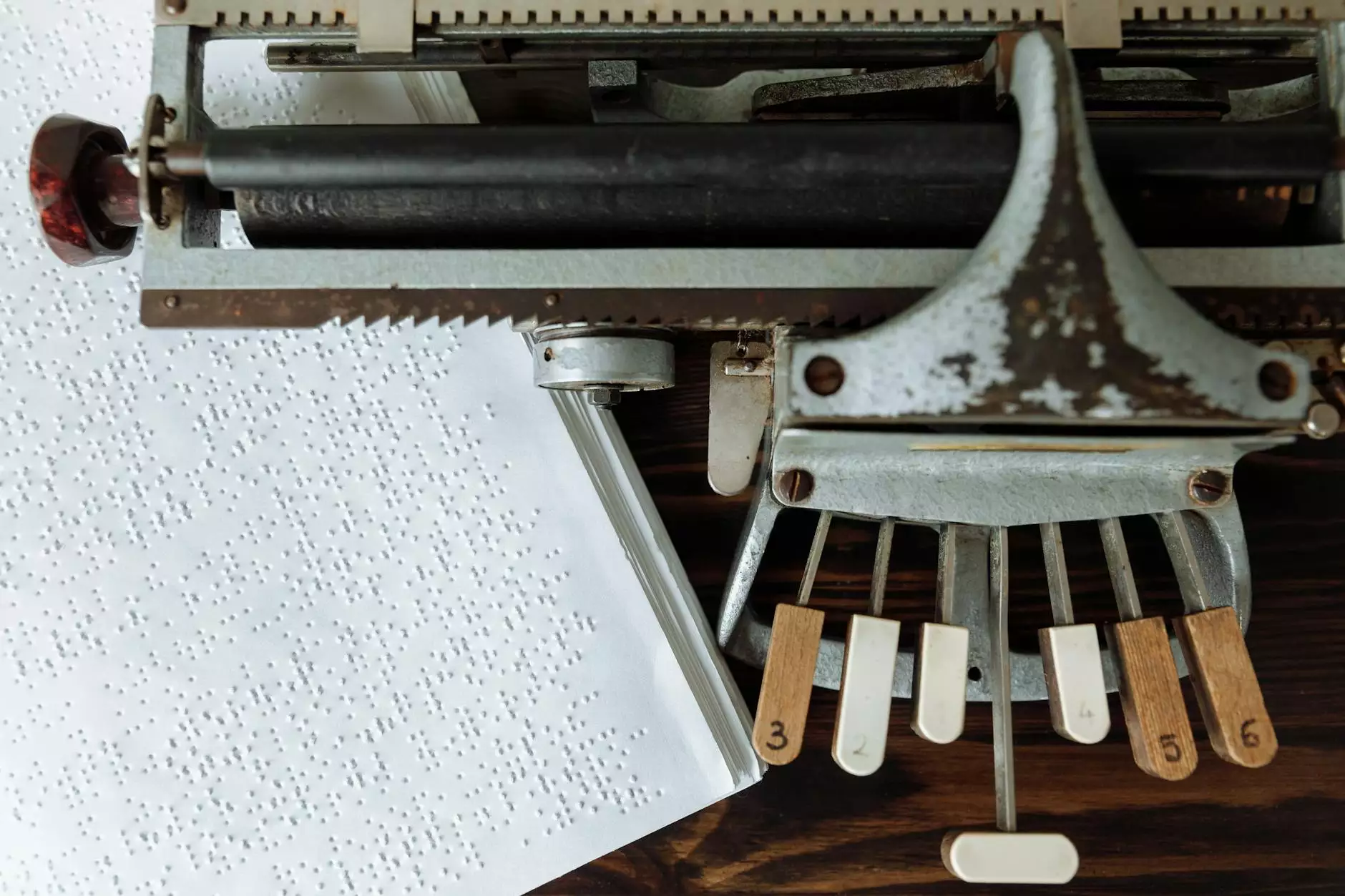Above Ground Pool Coping Replacement: A Complete Guide

If you are a proud owner of an above ground pool, you know that maintaining its aesthetic appeal and functionality is paramount. One crucial aspect of this maintenance is the replacement of pool coping. In this comprehensive guide, we will delve deep into everything you need to know about above ground pool coping replacement, from materials to installation and maintenance tips. Let’s dive in!
What is Pool Coping?
Pool coping is the material that caps the edge of your pool, serving both a decorative and functional purpose. It acts as a transition between the pool water and the deck area, providing safety by preventing slips and adding a finished look to your pool. Additionally, it helps keep debris out of the pool while also protecting the pool walls from water damage.
Why Replace Pool Coping?
Over time, pool coping can become worn down or damaged due to weather conditions, chemical exposure, or physical impact. Here are some common reasons for above ground pool coping replacement:
- Cracking and Chipping: Pathways around the pool can lead to wear and tear, resulting in cracks and chips in the coping.
- Fading Colors: Exposure to UV rays can fade the color of the coping, diminishing the overall aesthetic appeal of your pool.
- Improper Installation: If the coping was not installed properly initially, it may have gaps that allow water to seep in, leading to further damage.
- Outdated Styles: Aesthetic trends change over time; if your pool coping looks outdated, replacing it can significantly enhance your pool’s appearance.
Choosing the Right Coping Material
The type of coping you choose for your above ground pool can significantly impact its durability, safety, and aesthetics. Here are some popular materials and their benefits:
1. Concrete Coping
Concrete coping is known for its durability and strength. It can be poured into various shapes and sizes, allowing for custom designs. However, it requires proper sealing to prevent cracking and deterioration over time.
2. Natural Stone Coping
Natural stone coping offers a beautiful and timeless appearance. It is resistant to weather and UV rays, making it a long-lasting choice. However, it can be more expensive and requires regular maintenance to keep it looking its best.
3. Paver Stones
Paver stones are versatile and available in various styles, colors, and textures. They offer excellent slip resistance and can easily be replaced if damaged. The flexibility in design makes them a popular choice among pool owners.
4. Vinyl Coping
Vinyl coping is lightweight and cost-effective. It is often used with vinyl liner pools and provides a smooth edge. However, it may not be as durable as stone or concrete options.
Steps for Above Ground Pool Coping Replacement
Now that you’ve chosen the right material, let’s go through the steps for replacing your pool coping:
Step 1: Gather Tools and Materials
You’ll need the following tools and materials:
- New coping material
- Chisel and hammer
- Concrete adhesive or glue
- Trowel
- Level
- Safety goggles and gloves
Step 2: Remove the Old Coping
Begin by carefully removing the old coping. Use a chisel and hammer to break any adhesive bond and gently lift the pieces out of place. Be cautious not to damage the pool wall during this process.
Step 3: Clean the Surface
After removing the old coping, clean the surface thoroughly. Remove any debris, dirt, or old adhesive to ensure a strong bond with the new coping.
Step 4: Prepare the Adhesive
Mix the concrete adhesive according to the manufacturer's instructions. Ensure it has a smooth consistency for easy application.
Step 5: Install the New Coping
Starting from one end, apply the adhesive on the top edge of the pool wall and place the new coping on top. Use a level to ensure it’s evenly aligned. Press firmly to ensure a proper bond. Repeat this process for all coping pieces.
Step 6: Let it Set
Allow the adhesive to cure according to the manufacturer's instructions. This is crucial to ensure stability and longevity.
Step 7: Finish and Seal
Once the adhesive is set, consider sealing the coping to add an extra layer of protection against the elements and pool chemicals.
Maintaining Your Pool Coping
Proper maintenance will prolong the life of your new coping. Here are some essential maintenance tips:
- Regular Cleaning: Regularly clean the coping with mild soap and water to remove dirt and prevent staining.
- Check for Damage: Periodically inspect for cracks or chips, especially after winter or heavy storms.
- Seal the Coping: Reapply sealant annually to protect against moisture damage and UV fading.
- Address Issues Promptly: If you notice any issues, address them as soon as possible to prevent more significant damage.
Conclusion
Replacing the coping on your above ground pool is an investment in both aesthetics and safety. By understanding the materials available and following the proper steps for replacement and maintenance, you can significantly enhance your swimming experience. Remember, for any extensive repairs or if you're unsure about the process, you can always reach out to professionals at poolrenovation.com for guidance and assistance. Enjoy your sparkling, well-maintained pool!









